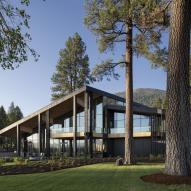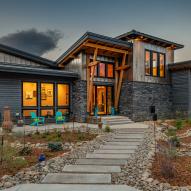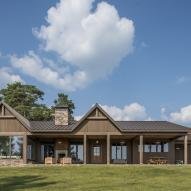WHY DRY?
A couple of weeks ago, I was talking about our kiln in the context of conservation (we use our scraps to fire our kiln, lessening our waste- how cool!) but you might wonder why our kiln is such a big deal at all.
“Pioneer Millworks, why do you dry your wood?”, we’re asked, “If it’s reclaimed, doesn’t that mean it’s already pretty dry?” “Why do I care if it’s dried when I can buy reclaimed barn siding somewhere else for one dollar per square foot?!”
All good questions!
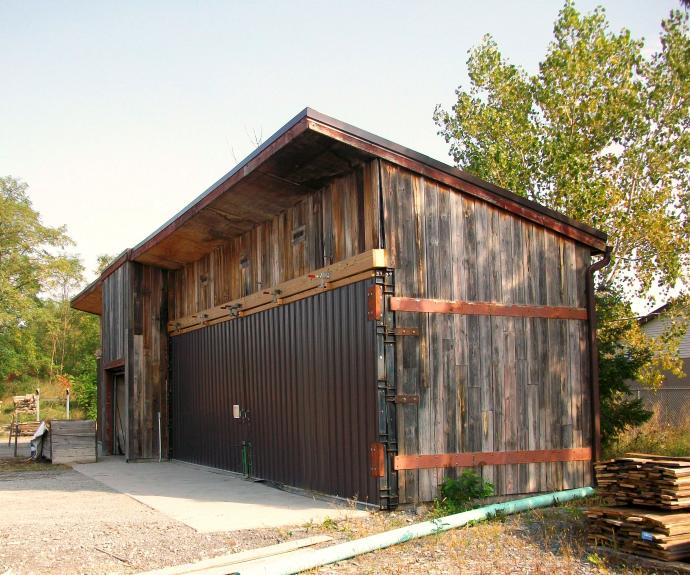

We dry all of the wood that we process into our beautiful reclaimed flooring, siding and wall paneling for a couple of very important reasons. While it is true that reclaimed wood does tend to be drier than fresh sawn products, the raw materials we use are exposed to environmental moisture both at the original site and here at our facility. This means the wood is not quite as dry as it could be, and probably not as dry as your home, or office or restaurant. Our reclaimed planks are dried to a 6%-9% moisture content and ultimately this means that the material is more dimensionally stable when you receive it at your job site. Wet wood shrinks when it loses moisture, and the more moisture it has to lose, the more dramatic the change. This shrinkage can result in cracking and buckling after installation. While all wood expands and contracts as it absorbs and loses a small percentage of moisture over the course of the seasons, it is the significant change that can cause the greatest problems or possible installation failure.
Drying the material also helps us maintain our quality milling. With a consistent moisture content, we can generally be assured that we won’t have a batch of flooring that moves or shrinks to a greater degree than another while it is waiting to be milled or after the milling process.
The other big reason that we take kiln drying so seriously is the possibility of insect infestation. No one wants to think about bugs in their barn siding, but old wood will very likely have, at some point, insects living in or on it. It’s not a very exciting thing to talk about, but it’s a very real concern in the reclaimed wood industry.
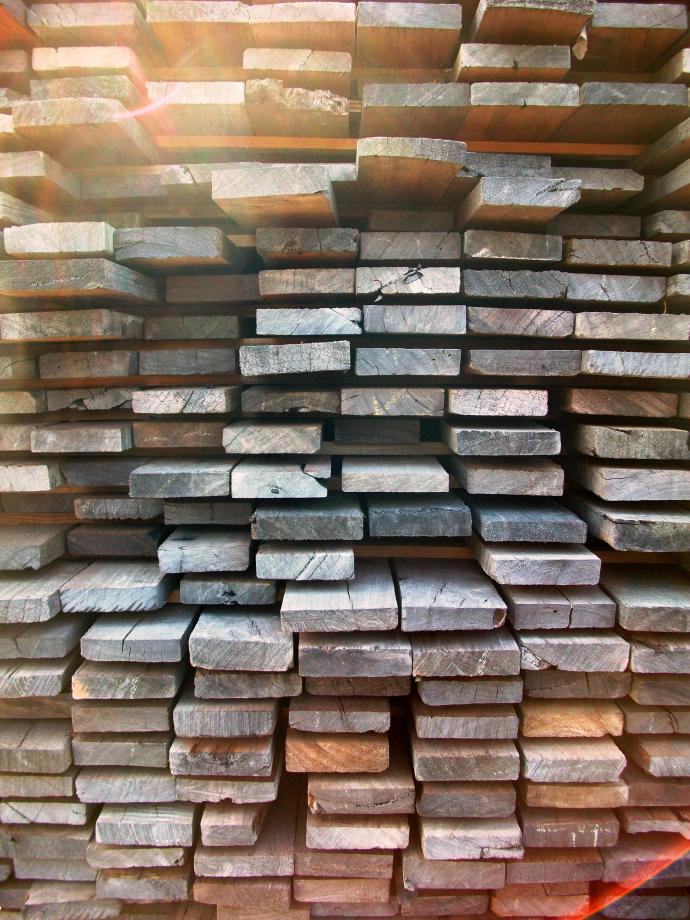
The high heat of the kiln drives out and kills any insects that may be inhabiting our reclaimed materials. Kiln drying, like all of the other parts of our production process contributes to material cost, but also ensures that reclaimed floor or paneling you install is product that you will be satisfied with. And we really, really don’t want you to accidentally bring insects into your home (or office, or restaurant – yuck!).
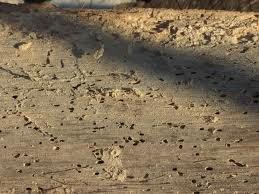
Kiln drying is critical to the quality and value of our products and just one of the many ways we differ from others in the reclaimed wood market. What other questions do you have about our processes and methods? Is there anything else you’re curious about? We love to talk about our products and what sets us apart from the rest…


